Burmese Sapphire: Gemstone and Jewelry
Burma is well-renowned in the world of gemstones, and among all the precious stones found here, Burmese Sapphire holds a special place. This gemstone is known for its extremely lustrous appearance and resplendent blue hue, making it a popular choice among jewelry lovers. In this article, we will delve deep into the world of Burmese Sapphire, exploring its origins, characteristics, history, and the industry that has grown around this one gemstone.

Origins:
Sapphires are a variety of corundum, and the geological formation that leads to their creation involves a combination of pressure, heat, and minerals. The region of Burma, now known as Myanmar, is believed to have some of the oldest geological formations in the world, dating back around 500 to 600 million years. It is this geological richness in the area that has contributed to the formation of a range of minerals, including Burmese Sapphire.
The region of Mogok in Myanmar is one of the oldest and most significant sources of Sapphire worldwide, with the first reference to the gemstone coming from this region in the 16th century. Although Sapphires are composed of the same minerals globally, Mogok's Burmese Sapphire has a unique quality about it, making it stand out from other sources.
It is said that the reason for this exceptional quality lies in the specific geological conditions that exist here. Mogok is situated on top of a thick layer of metamorphic rock known as gneiss, which acts as a natural filter for minerals entering the soil. This natural filtration process enriches the Mogok soils with minerals that improve the color and clarity of Sapphire.

Characteristics:
Burmese Sapphire is known for its resplendent and deep blue color, often referred to as “cornflower blue” among jewelers. This blue color is caused by the presence of iron and titanium within the mineral, which can range from very light to dark in color, depending on the concentration of these minerals.
In addition to color, Burmese Sapphire is also known for its exceptional clarity. This clarity is due to the fact that Burmese Sapphire generally forms in marble, rather than silicate rocks, which mean that it is less likely to include impurities. The combination of these factors leads to the famous Burmese Sapphire’s luster, brilliance, and transparency.
Burmese Sapphire is often cut into a wide range of shapes, yet the most common shapes found in jewelry are oval, cushion, and round. The size of Burmese Sapphire gems can vary greatly, with some rare specimens measuring several hundred carats.

History:
The history of Myanmar's gemstones can be traced back to ancient times, with references to the trade of precious stones forming an integral part of Burmese literature, religion, and culture. Burmese Sapphire's earliest known record can be traced back to the sixteenth century when the Portuguese first arrived in Myanmar.
The earliest notable reference to Burmese Sapphire, however, comes from a poem dating back to the 17th century that notes the longevity of such rubies and sapphires, whose value “endures, and increases with years and generations.”
Since the 19th century, the production of gemstones such as sapphires has been under strict government control in Myanmar, with rights to mine and export precious stones allocated only to state-owned enterprises and licensed mining operators. Man-made sapphires are typically less valuable than natural ones since they do not possess the same characteristics and exclusivity.
Despite the government's firm grip on gemstone production, the unethical extraction of these stones has been an issue in the past. In recent years, authorities have attempted to crack down on such practices following increased international scrutiny on the country's human rights record.

Industry:
The Burmese Sapphire industry has evolved into a sophisticated value chain, including miners, traders, cutters, and jewelers. Sapphire mining in Burma has always been a dangerous occupation, with many miners working in harsh conditions with little to no safety equipment. Nowadays, the industry is slowly shifting away from illegal mining methods, while the authorities continue to crack down and strictly regulate the production of Burmese Sapphire.
Mining operations are now mainly carried out as part of the state-run enterprise permitted to export Burma's gemstones. After the initial mining process, Burmese Sapphire is further refined, cut, and polished before being sold or used in jewelry. It is at this stage that the value of the gem is first determined. With the Burmese Sapphire, the value is typically based on a combination of its size, color, and clarity.

Burmese Sapphire is one of the world's most precious and sought-after gemstones, with qualities that make it unique. Its beautiful blue color, excellent clarity, and luster make it a popular choice among jewelry designers and collectors. However, mining and exporting Burmese Sapphire have been clouded with ethical and environmental issues. There are concerns that large-scale mining operations may have a detrimental impact on Burma's environment and may endanger the lives of miners. Despite these risks and ethical concerns, the Burmese Sapphire industry continues to thrive, and this precious gemstone remains an integral part of Myanmar's culture, history, and economy. As long as strict regulations are put in place, there is good reason for this industry to continue.




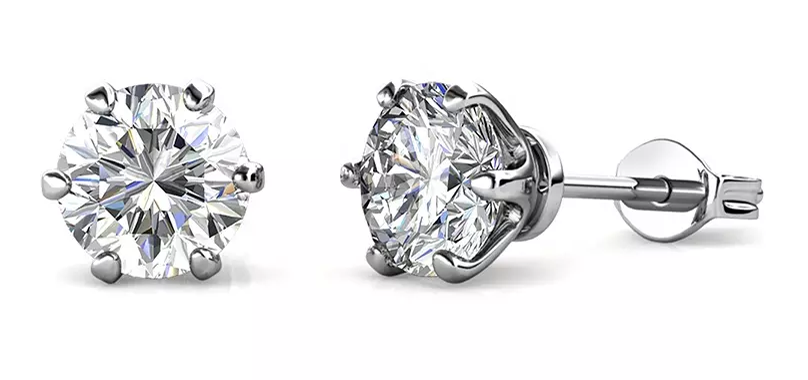
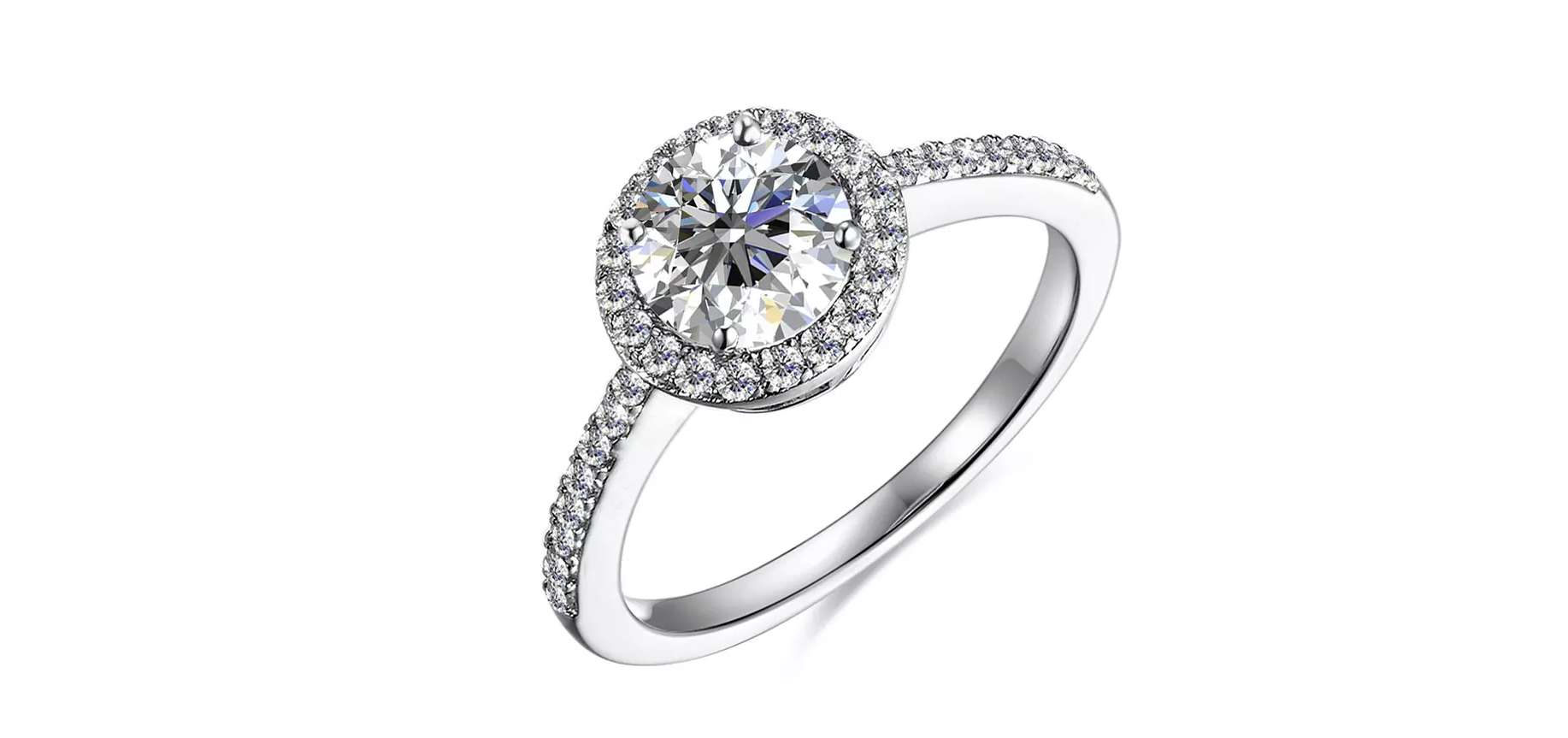
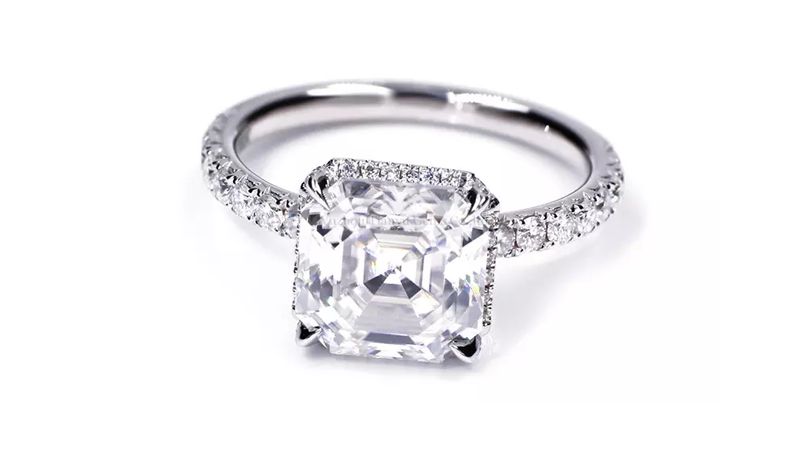
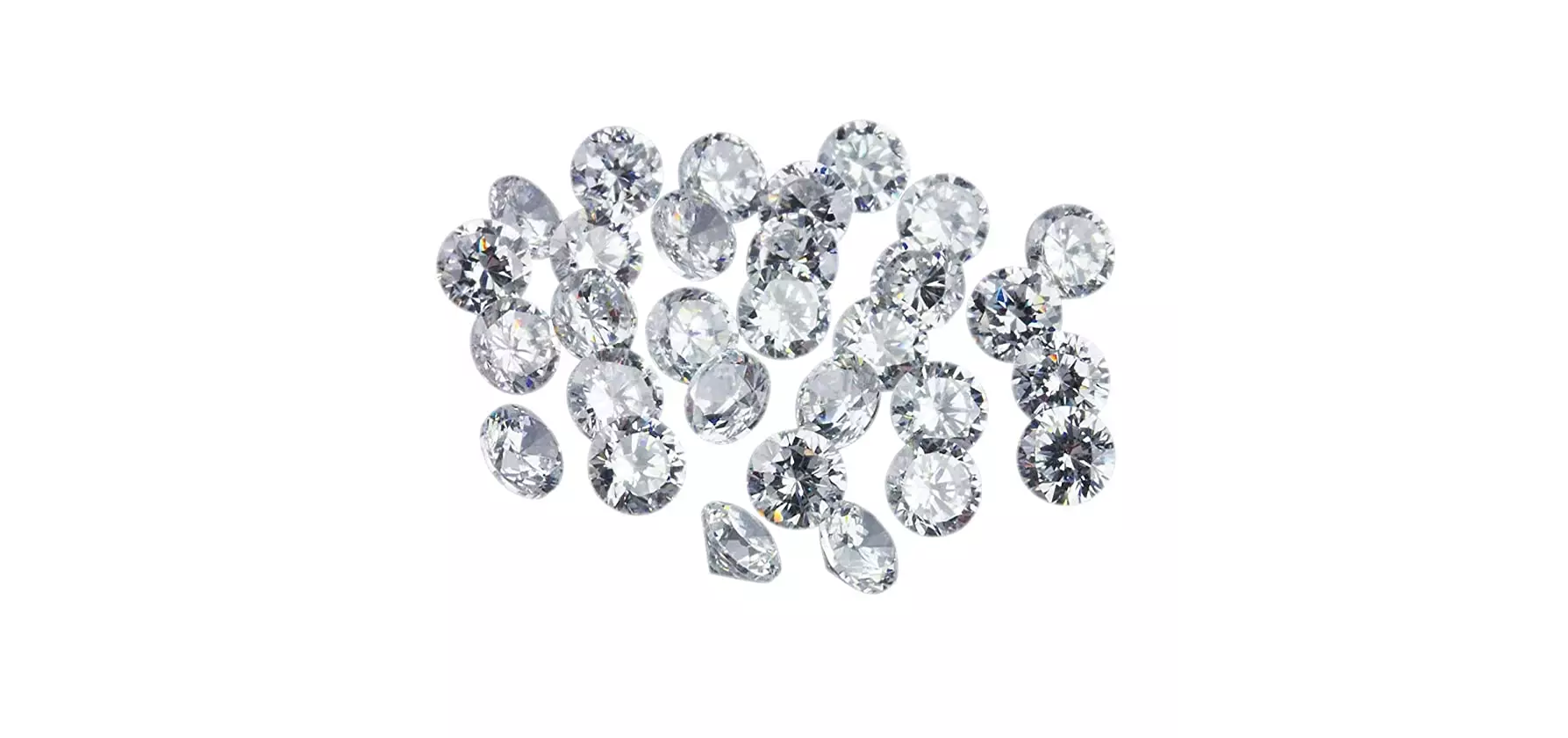
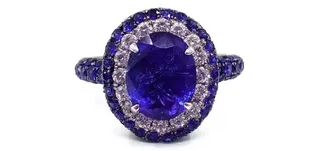
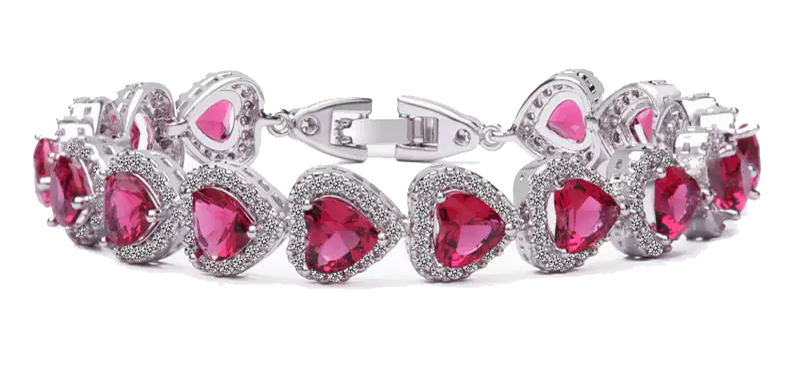
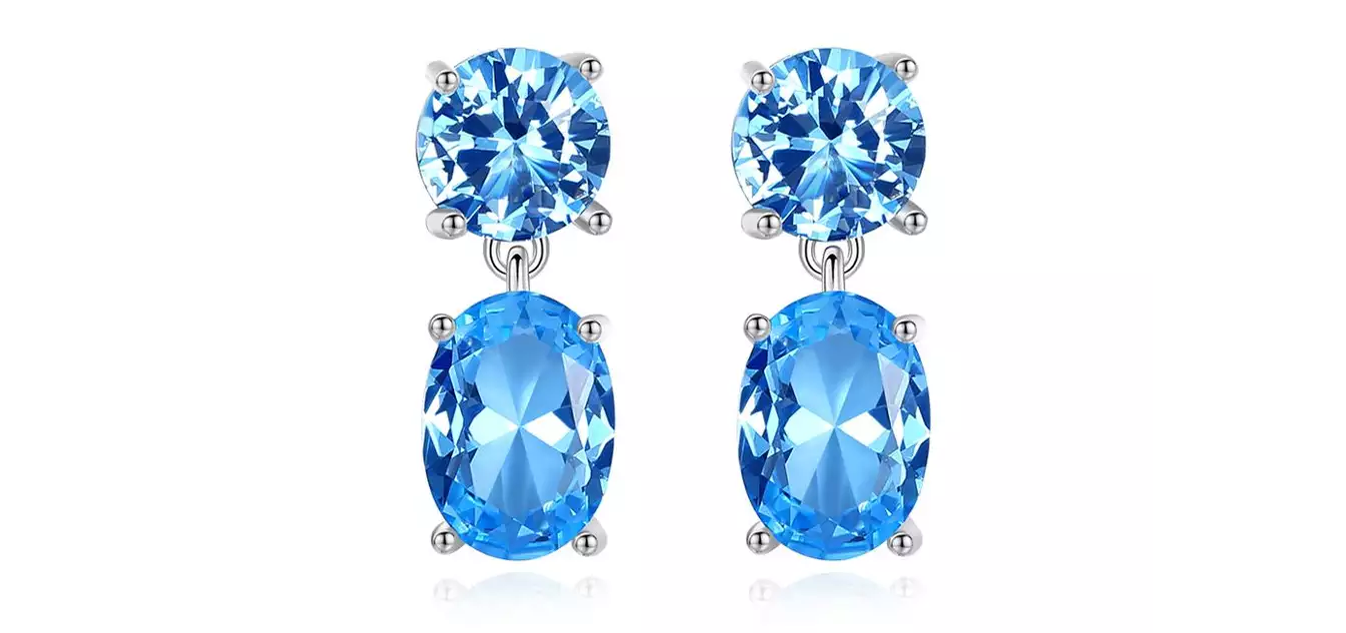
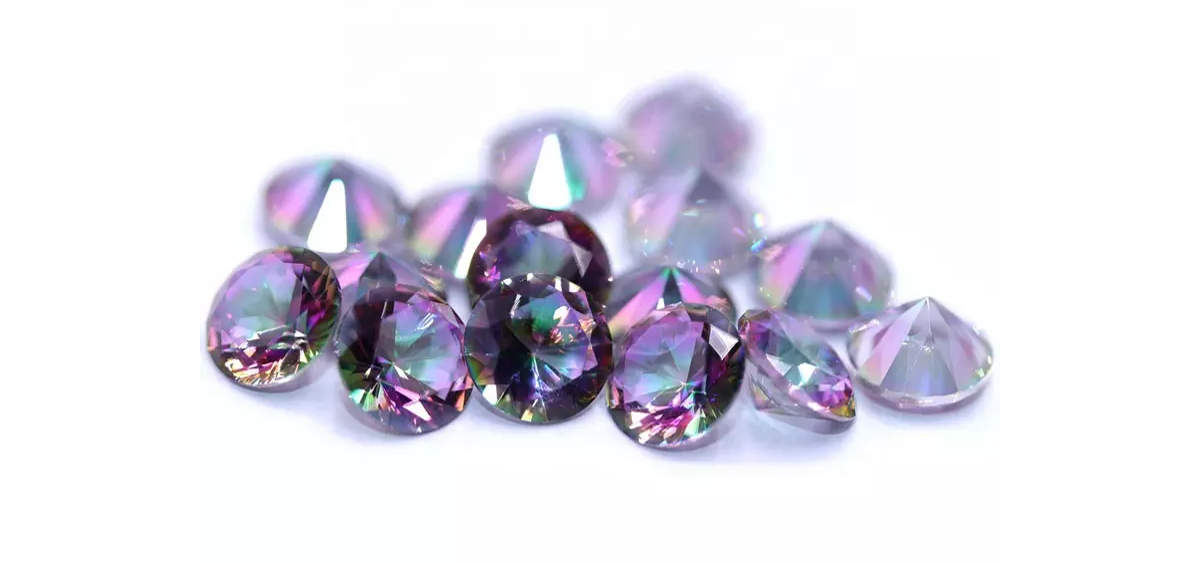
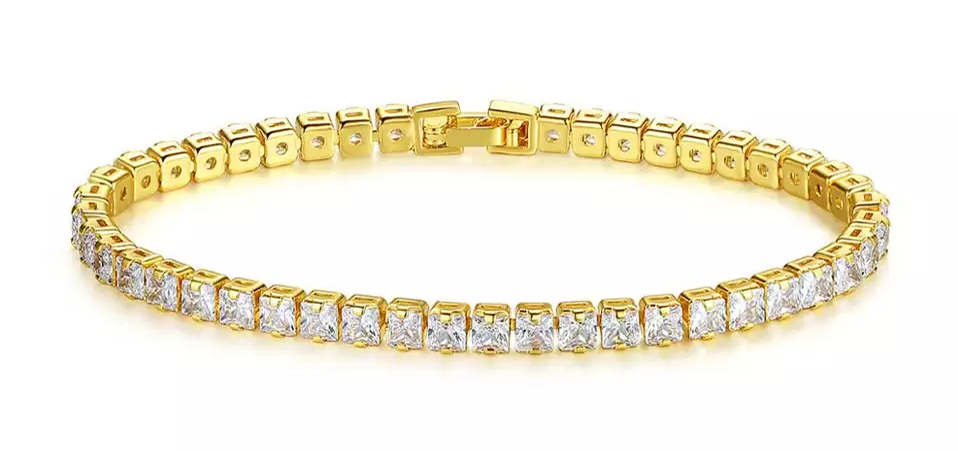
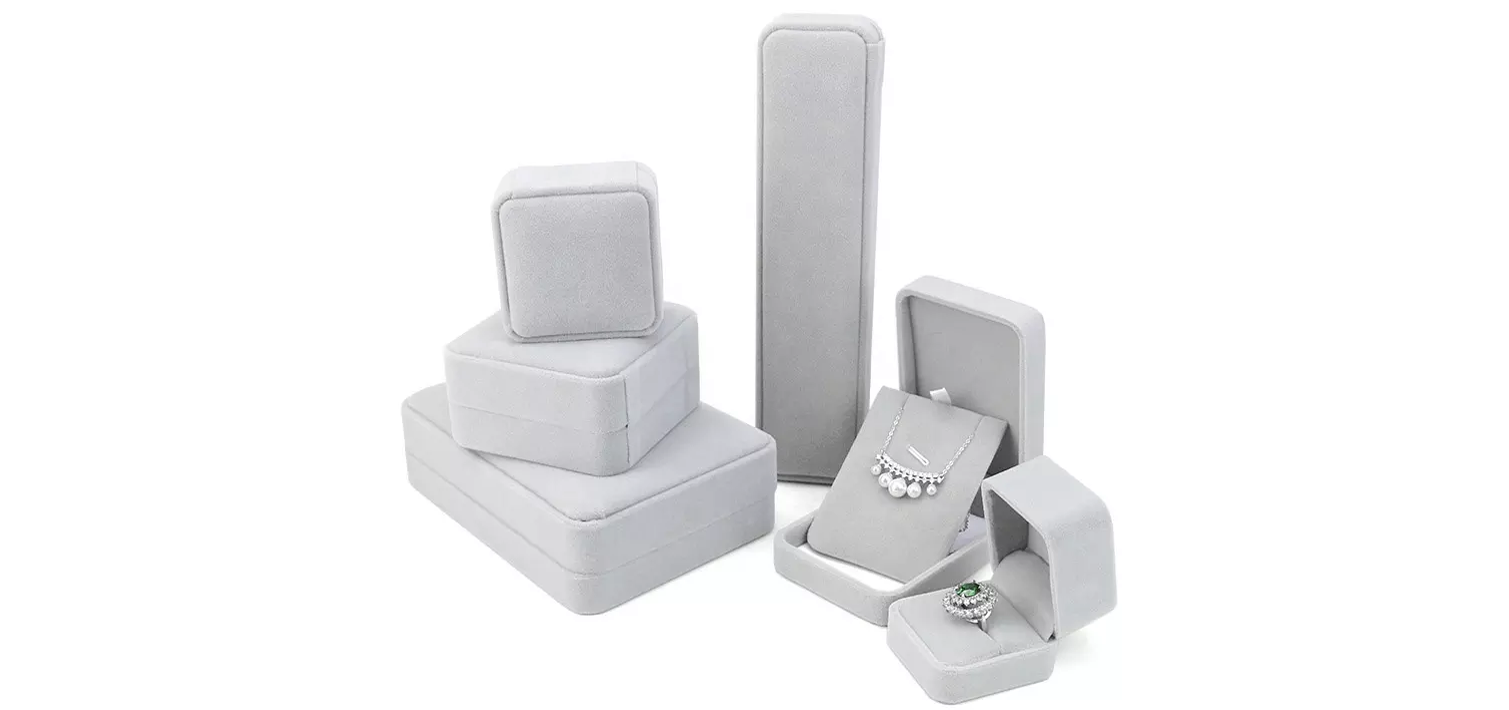
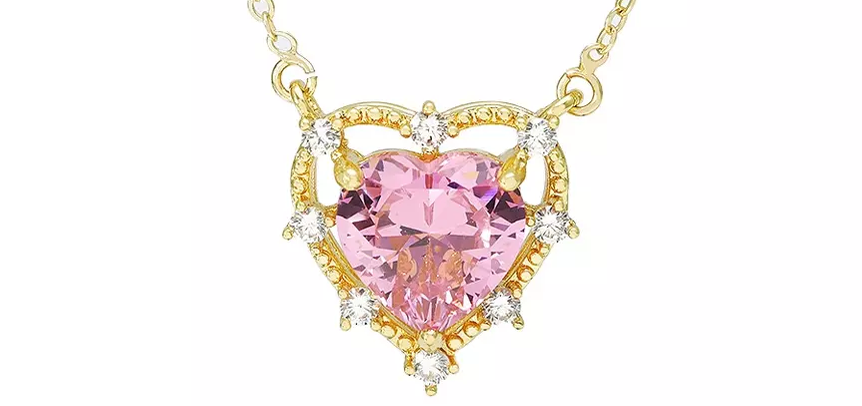
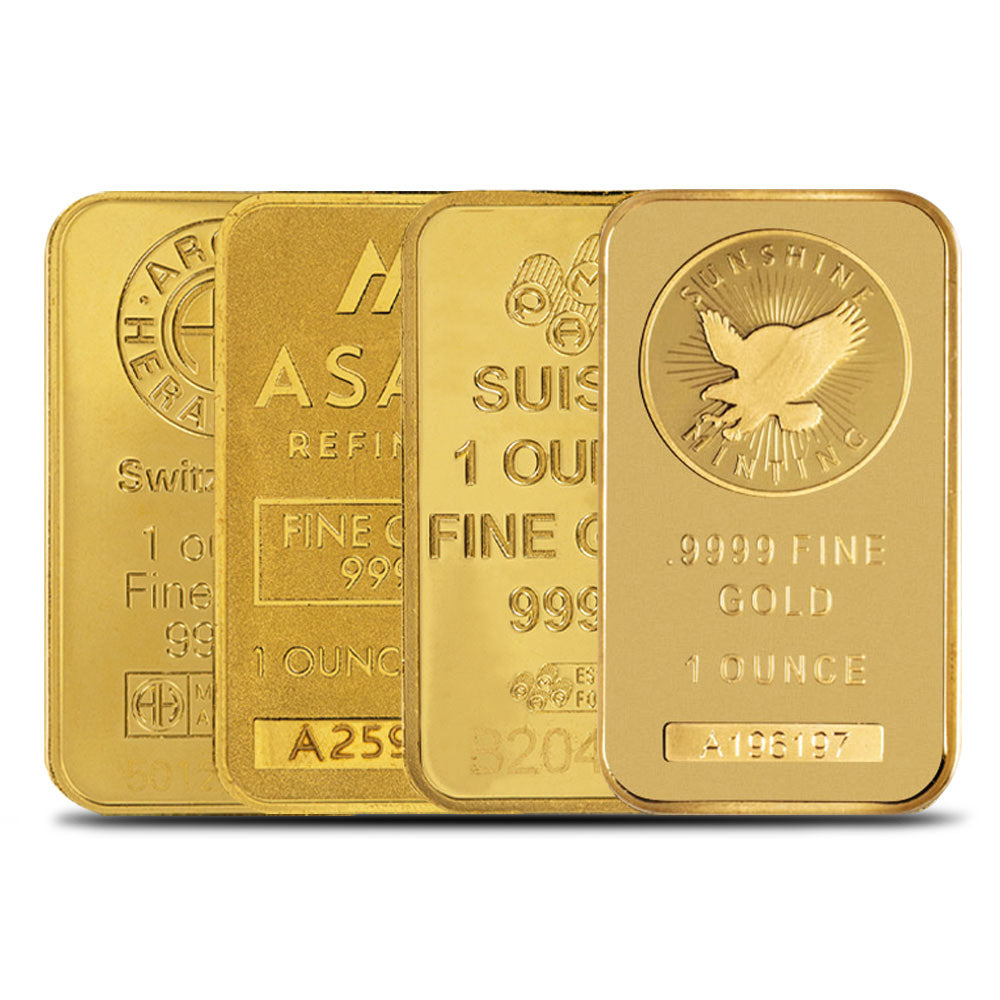
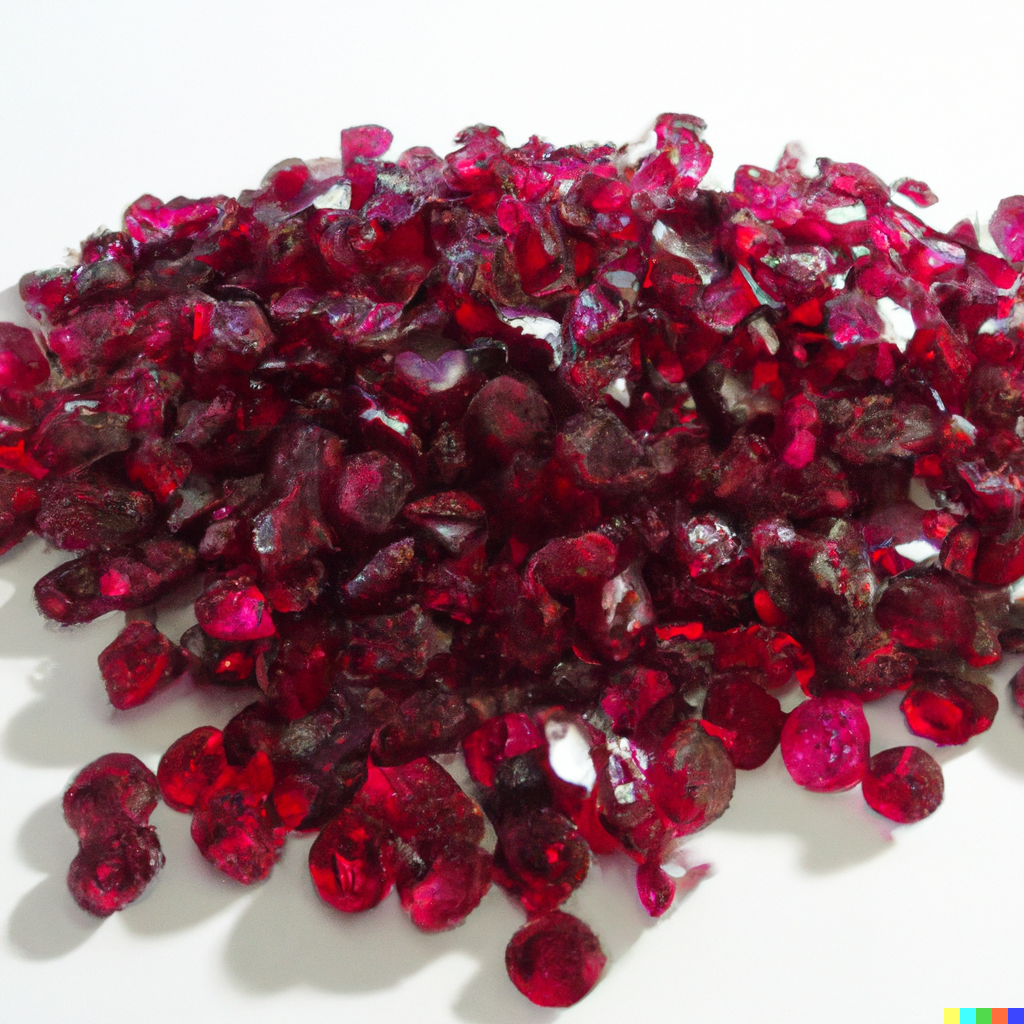


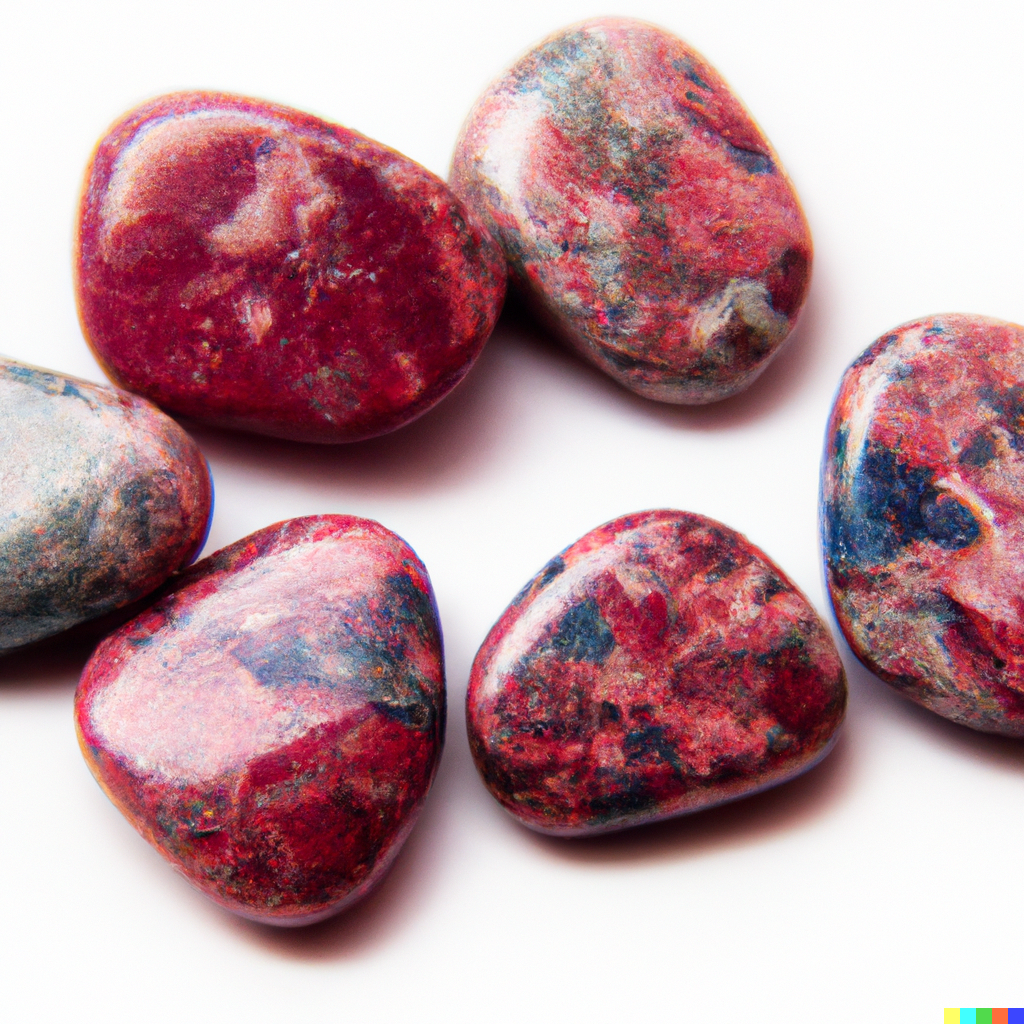
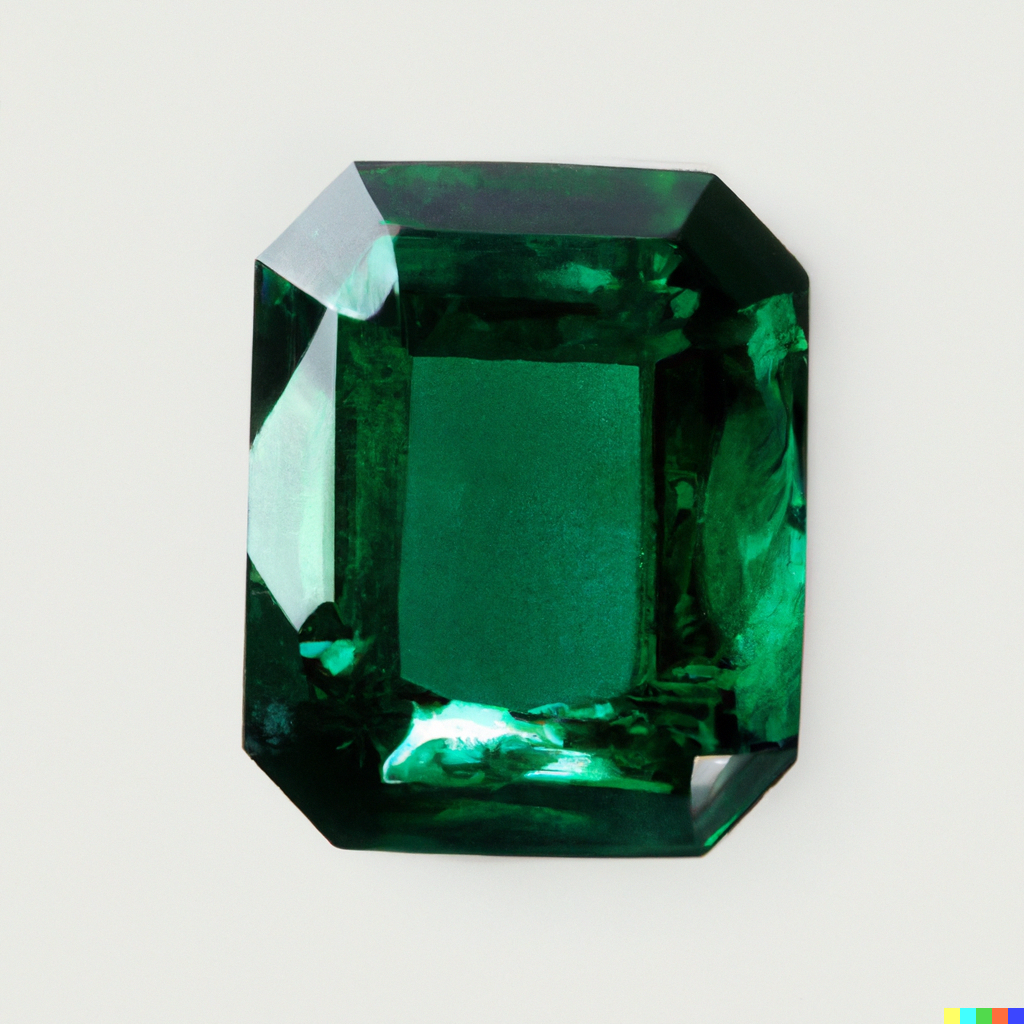
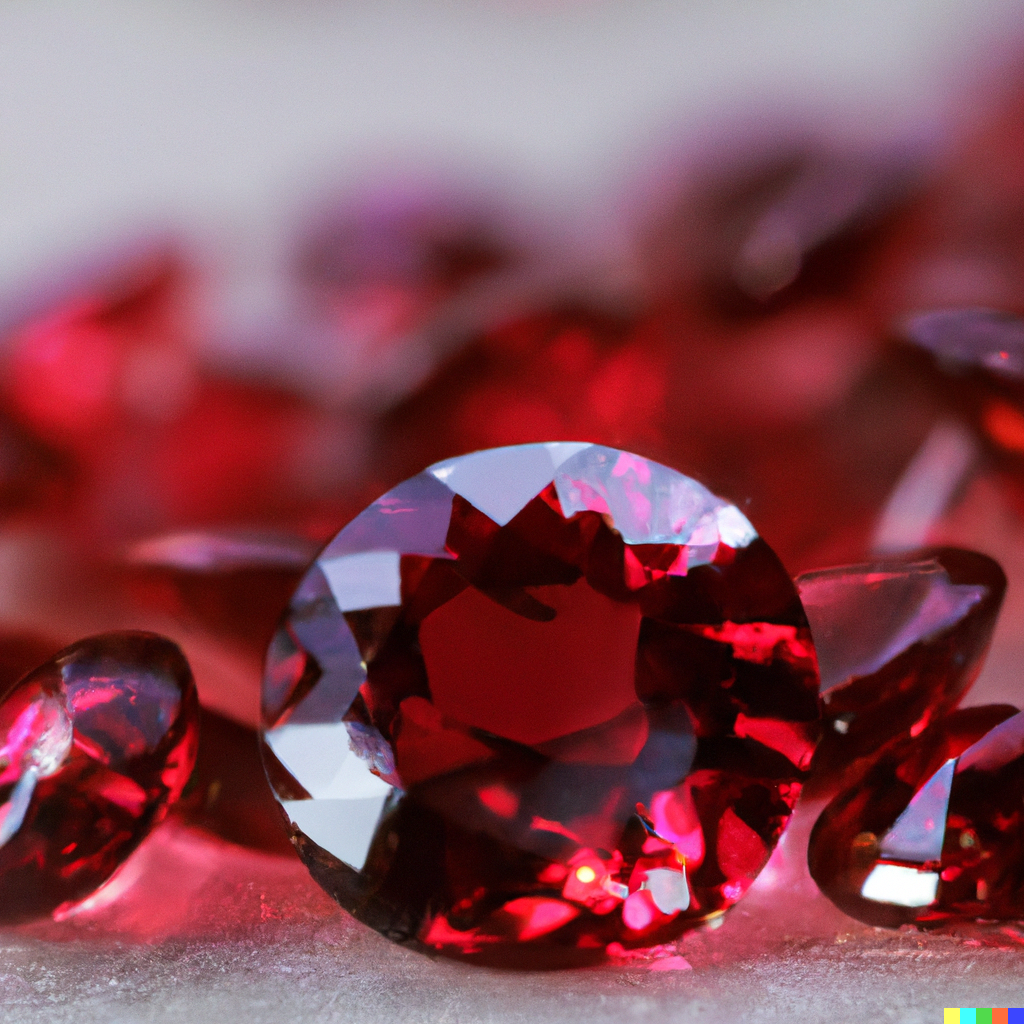
Leave a comment